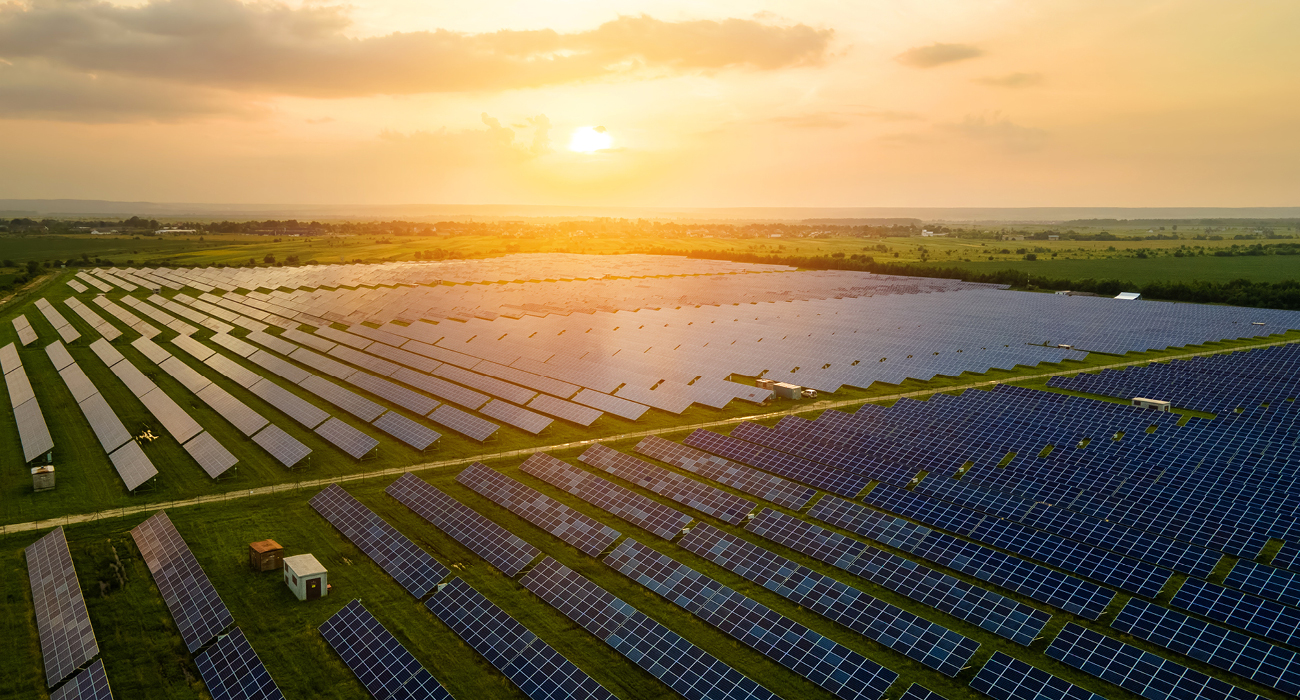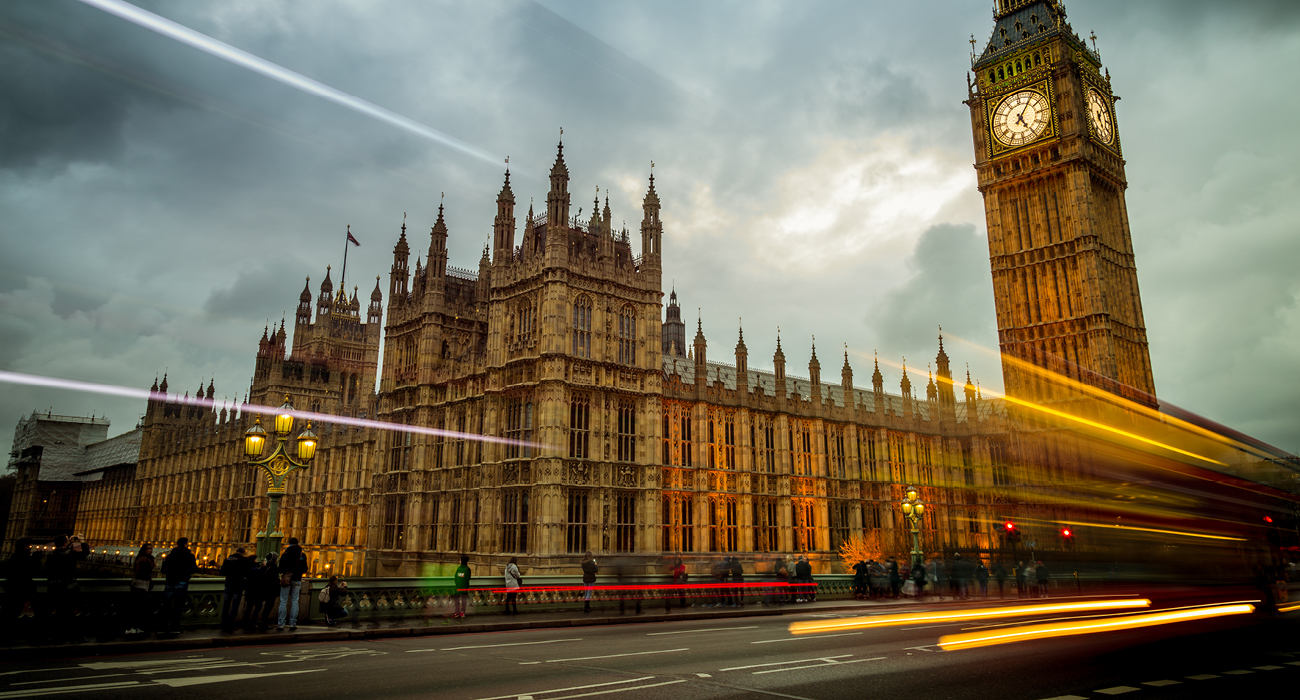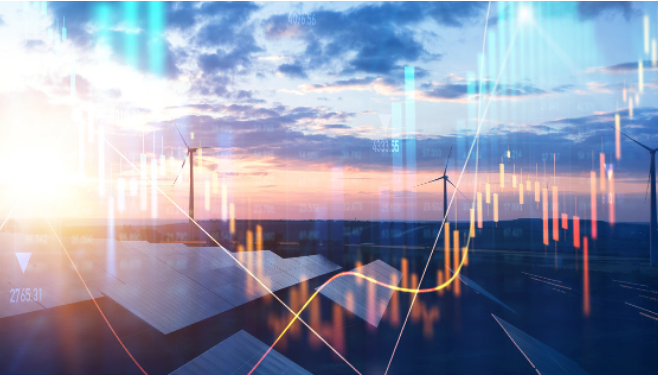National Grid ESO recently published its latest Future Energy Scenarios, which outlines how much energy the UK may need in the future, as well as the potential generation sources for this energy, from renewables through to hydrogen.
In it, it gives progress on the four different pathways it has identified for the future of the whole energy system :
- Consumer Transformation: highlights the importance of consumer engagement in meeting net zero targets by 2050, through greater energy efficiency and increased flexibility. A zero carbon grid is achieved by 2034
- System Transformation: more wholesale changes to the energy system are required, with a particular focus on hydrogen, and less reliance on the consumer. Zero carbon power is achieved by 2035 and net zero is hit by 2050
- Leading the Way: highly engaged consumers and rapid acceleration of technology and renewables deployment means that net zero is achieved by 2046, with a zero carbon energy system by 2034
- Falling Short: while there is still decarbonisation progress, it fails to meet net zero by 2050
As one of the hotly-anticipated and influential publications in the energy sector calendar, it is also a good indicator as to what policy decisions are required if the UK is to progress down one of the three pathways that will lead us to a zero carbon grid by 2035 and net zero emissions by 2050.
It has recommended a number of both short and long-term measures to reduce uncertainty and to ensure the UK delivers a net zero energy system that is affordable and secure.
The raft of recommendations include policies to accelerate energy efficiency, encourage greater flexibility and spearhead investment in new technologies to support business decarbonisation, such as hydrogen and carbon capture, usage and storage (CCUS).
The role of independent generators in our future energy system
Future Energy Scenarios also predicts that generation capacity is expected to increase rapidly through the 2020s to meet demand. But what does this mean for independent generators?
We know that they already play an important role in supporting the grid during times of high demand, and that increasing demand side response is one of the key priorities that National Grid ESO is recommending.
We also know, from the work we carried out last year in our 'Future of Energy' report with Imperial College London, that sustainable on-site power generated by UK businesses has the potential to replace imported natural gas by 2035, helping the UK to realise its ambition of becoming energy independent and keep our net zero targets on track.
Like Future Energy Scenarios, our report also concluded that there would need to be policy interventions from the government to unlock the power potential of business. These include streamlining planning rules and more tax incentives to enable businesses to invest in sustainable on-site generation.
As more decentralised capacity is installed, independent generators will also play an important role in supplying commercial and public sector organisations with clean, homegrown energy via a fixed or flexible Power Purchase Agreement (PPA).
This is where our experienced team can help. To find out how your generation asset can both supply corporate energy buyers and support the energy system of the future, please download our recent guide, ‘Making the most of your generation asset’ or contact one of our expert team here.


/npm214%20Digital_H_UB106.jpg)

.jpg)
/npm214%20Digital_H_UB43.jpg)

.png)
/npm214%20Digital_H_UB127.jpg)

/Author%20Profile%20Sharma_Vish_G.png)
